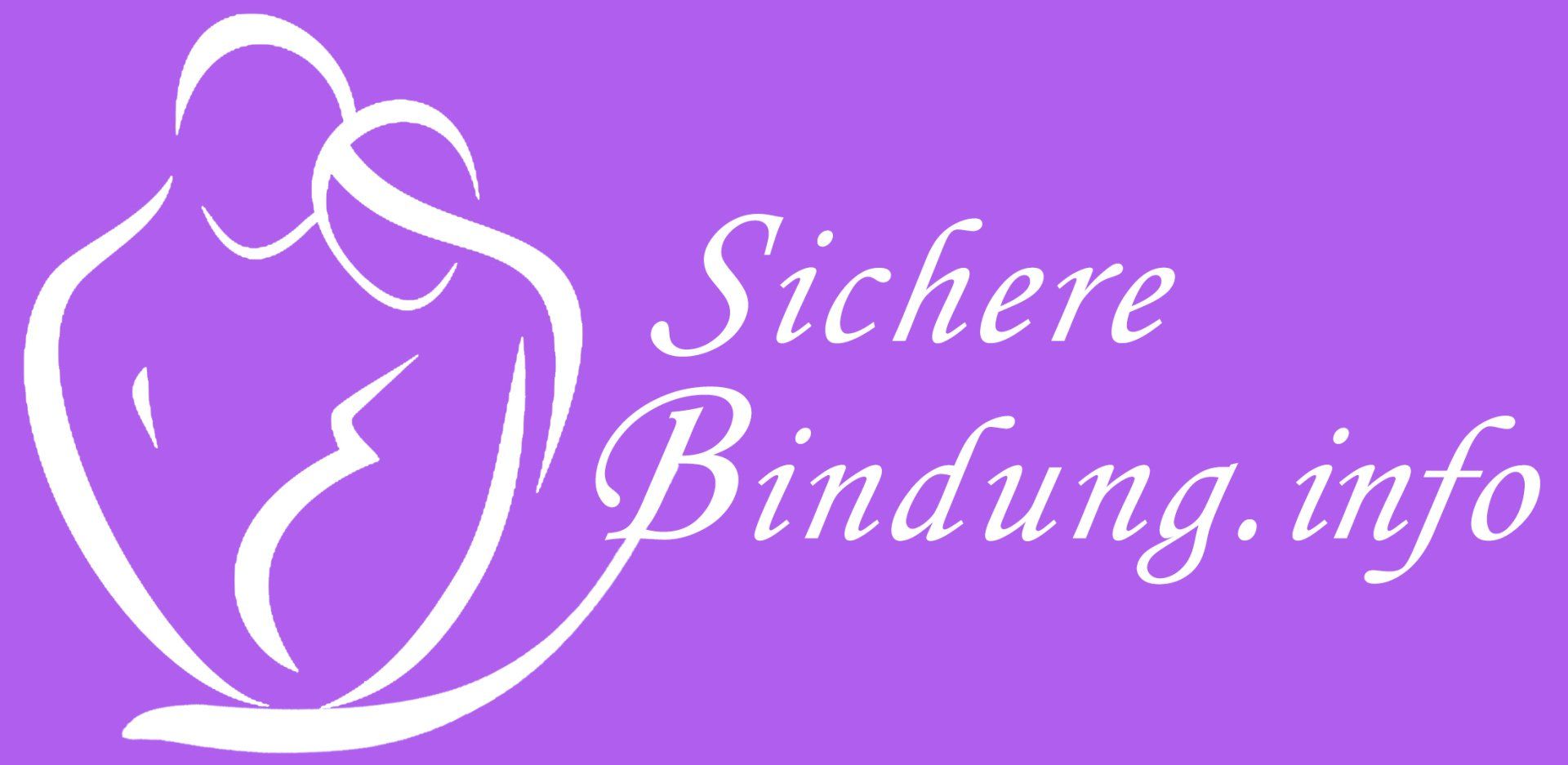bond funding
Paste the paragraph title here
This is the text field for this paragraph. Click in the field and start typing. You can customize the color, font, and size of the text by selecting it and using the various options.
The "safe" bond
What can I do to build a good relationship with my baby and do I have to be careful not to spoil her? Here you can find answers to FAQs
A short film about the "mother-child bond" This wonderful animation illustrates, without words, how a "safe" bond is created. Through the immediate satisfaction of the elementary needs, the baby gains trust in its caregiver in the first year of life, in this case the mother. Out of this inner security that he can always return to the "safe haven" (i.e. to the mother) in the event of danger, he can confidently and courageously explore the world and develop his personality. It becomes clear that this "safe bond", ie the "emotional bond" between two people continues to exist when the child has long been out of the house and goes his own way. (Text: Lydia Oehling, 2020)
1. FST / The secure attachment type The securely attached child has confidence in the reliability and availability of the attachment person and explores undisturbed in their presence. The attachment person is perceived as a safe starting point for exploring the environment. When separated from her, the child shows clear attachment behavior with shouting, searching and crying and appears stressed. The child clearly differentiates between the attachment person and does not allow himself to be comforted by the stranger. When the attachment figure returns, the child demonstrates joy and immediately seeks physical contact. As a result of the experience of predictable calming through the attachment figure, it can quickly return to its environment in exploratory fashion. (Stangl, 2020).
This area is currently under construction and can be realized thanks to the financial support of the following person: Dipl. Psych. Sema Ley



